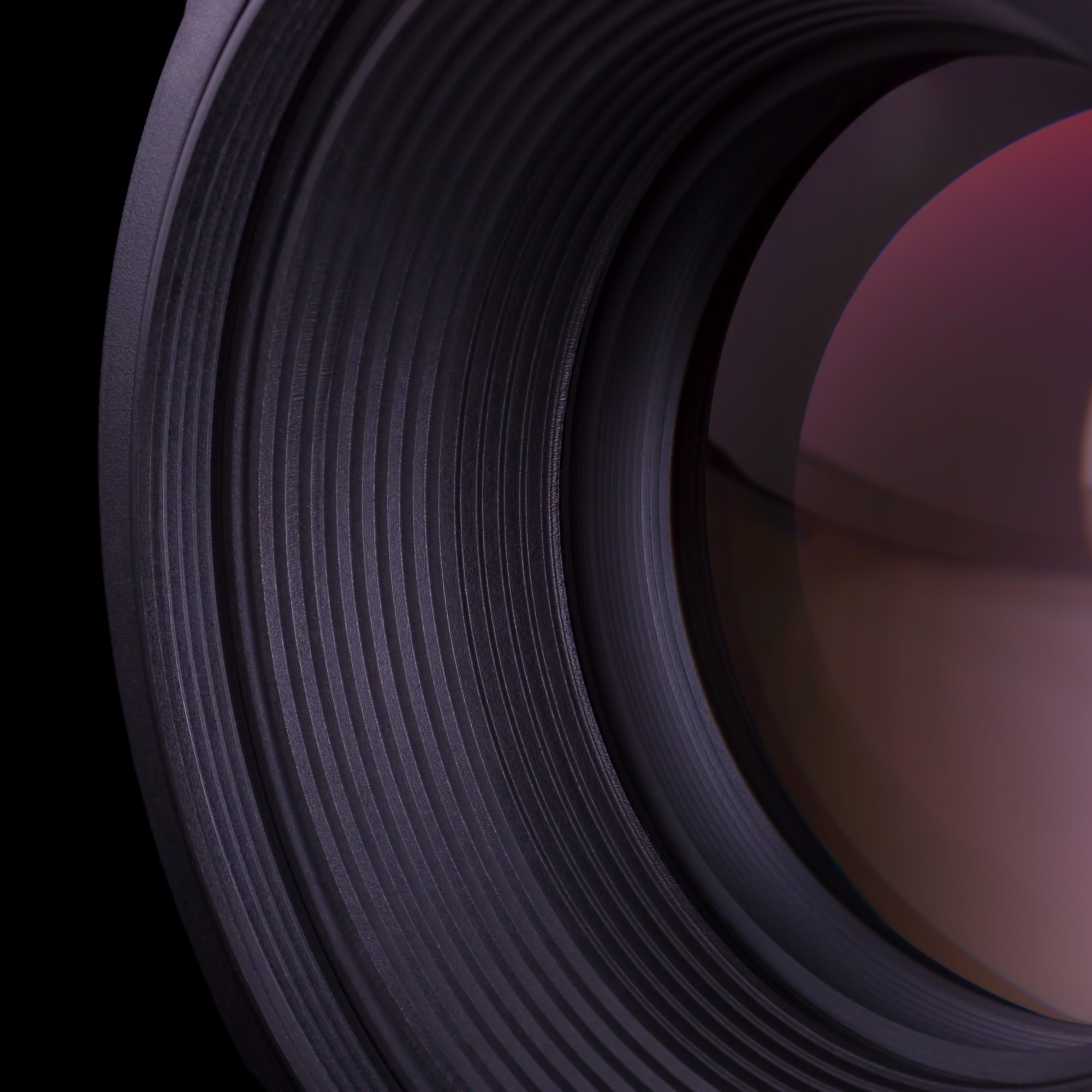Have you ever gazed through a pair of quality sunglasses and suddenly the world seemed crisper, clearer, and more vibrant? That’s the magic of polarization at work. Now imagine bringing that same clarity to your photography. It’s enough to make any shutterbug’s heart flutter with excitement. But, do polarizing filters truly live up to the hype, or are they just another accessory collecting dust in your camera bag?
Picture this: you’re standing at the edge of a serene mountain lake, the sun is dancing off the water’s surface, and you’re about to capture the perfect landscape shot. You screw on a polarizing filter, rotate it until the reflections diminish, and the colors pop. The result? A photo with such depth and drama, it feels like you could step right into it. It’s moments like these that make photographers whisper sweet nothings to their kit. But let’s not get carried away by sentiment; let’s delve into the science and artistry behind polarizing filters.
Statistically speaking, not every photographer utilizes these filters to their full potential, which is a shame given their transformative power. Have you ever wondered how they work? Essentially, polarizing filters cut out certain light waves, reducing glare and reflections. This can make skies appear a deeper blue, water more transparent, and foliage lusher. It’s like the difference between a rough diamond and one that’s been cut and polished to reveal its true brilliance.
Now, let’s talk usability. Polarizing filters can be a bit like high school chemistry: a touch daunting at first, but once you get the hang of it, it’s hard not to geek out over the results. If you’re new to this game, it’s all about trial and error. Twist the filter, observe the effect, click the shutter. Rinse and repeat. But remember, it’s not just about what you see through the viewfinder; it’s about what you feel in the scene before you. That’s where the true magic of photography lies.
Consider the impact of polarizing filters on third-party lenses vs. manufacturer lenses. Some argue that the quality of your lens can be a game-changer when it comes to the effectiveness of a polarizing filter. And while that may hold a grain of truth, even budget-friendly third-party lenses can yield stunning results when paired with a good polarizer. It’s a testament to how a simple tweak can elevate even the most humble setup.
But here’s where the plot thickens. Polarizing filters are not without their quirks. They can sometimes play tricks on your camera’s metering system, leading to under or overexposed shots. Plus, they’re notorious for gobbling up about 1 to 2 stops of light. This means you’ll need to compensate with a slower shutter speed, wider aperture, or higher ISO. It’s a delicate dance of give-and-take, a balancing act that requires a thoughtful approach to each unique shooting situation.
When it comes to landscape photography, polarizing filters can be the unsung heroes that combat washed-out skies and lackluster foliage. Imagine capturing the rugged beauty of a mountain range. Without a filter, the sky can appear as a pale imitation of what you see with your naked eye. But slip on that polarizer, and it’s like Mother Nature herself decided to turn up the saturation for your personal benefit. The sky deepens into a canvas of azure, and the clouds stand out with sculptural prominence. It’s like the difference between a standard definition and a high-definition broadcast of your favourite show.
Yet, the unexpected twist comes when using these filters in portraiture or street photography. Here’s where the predictability ends. A polarizer might rob you of the gleam in a subject’s eye or introduce a moody vignette you never intended. It’s this unpredictability that can both frustrate and delight, pushing the boundaries of what’s possible in your photographic journey.
In conclusion, polarizing filters can indeed enhance your images, lending them a level of depth and drama that’s hard to achieve otherwise. But like any tool in your photography arsenal, they require practice, patience, and a dash of daring. So, the next time you head out with your camera, ask yourself: are you ready to see the world through a different lens? Let the light dance, and the colors sing—it’s all within your grasp with the twist of a filter.


0 Comment